For advanced heart failure, discover affordable Left Ventricular Assist Device (LVAD) implantation in India. Renowned heart specialists provide life-saving treatments using cutting-edge technology, all at an affordable cost.
Recovery Time
30 Days
Success Rate
97%
Hospital Stay
10 Days
Treatment Type
Surgical
Home Treatments Organ Transplant Left Ventricular Assist Device (LVAD)
Are you suffering from heart failure and looking for alternative options for surgery?
Discover the Left Ventricular Assist Device (LVAD), which is an advanced mechanical pump that helps a weakened heart and provides improved blood circulation and stability.
Do you know the best part? India offers affordable options for it with accredited hospitals, skilled cardiac surgeons, and advanced medical technology, which makes India a preferred destination for surgery.
What are you looking for? Explore our guide to LVAD cost in India and secure your path to better health at an affordable cost without compromising on quality care.
-cost-in-india.jpg)
An LVAD is a mechanical pump that helps to provide implants for people with heart failure. Additionally, this device helps the lower left chamber of your heart to pump blood out of the ventricle to your aorta and the rest of the body. However, the aorta helps to send oxygen-rich blood to your whole body.
However, LVADs have two primary uses in heart failure patients, including:
It takes over the pumping action of the heart muscle, which enables the patient’s survival while they wait for the heart transplant. However, LVAD may be able to restore the failing heart and reduce the need for a transplant.
Not all heart failure patients are eligible for transplant, so LVAD is used as a long-term treatment option because it can prolong and improve patients’ lives.
To get the cost of LVAD surgery in India, you need to understand the historical context of this procedure. The Left Ventricular Assist Device (LVAD) was first introduced in the 1980s as a temporary measure to keep patients alive while awaiting heart transplantation.
However, technological advancements have improved the efficiency and reliability of these devices, which has led to their increased use as a long-term treatment option for end-stage heart failure patients.
A left ventricular assist device that works by pumping blood from your left ventricle to your aorta. However, the aorta is the large artery that takes blood from your heart to the rest of the body.
Furthermore, the surgeon implants the left ventricular assist device pump unit at the bottom of your heart, which helps in receiving blood and sends it through a tube to your aorta.
You will be recommended for LVAD surgery for the following reasons, including:
While you’re waiting for the donor’s heart, till then, you will have VAD installed temporarily, which helps in blood flow even if your heart is damaged, and it will be removed once your new heart is implanted.
If you have temporary heart failure, then you will be recommended VAD, which helps your heart to get strong enough to pump blood on its own. Furthermore, the term “bridge to recovery” is used to describe this situation.
-surgery-cost-in-india.jpg)
The type of devices used in Left Ventricular Assist Device (LVAD) surgery can affect the cost of the surgery because each device has different benefits and facilities, which makes LVAD cost in India higher and affects the overall surgical expenses.
The type of cardiologist you choose for the Left Ventricular Assist Device can affect the overall LVAD cost of the treatment because surgeons with high experience and trained at national and international institutions may charge higher fees for their services.
The type of surgical approach, technology, and equipment used in the surgery might affect the LVAD cost in India of the surgery because these advancements are designed to improve surgical outcomes, reduce recovery time, and increase the overall effectiveness of treatments.
The type of hospital you choose may affect the LVAD cost in India because accredited hospitals with skilled and qualified medical staff are important for the success of the Left Ventricular Assist Device.
It’s a small centrifugal pump, and because of its size, the doctor can implant it through a sternotomy or thoracotomy. Additionally, it sits in the area around the heart called the pericardial space.
The HeartMate II LVAD is an axial device, and due to its size and shape, doctors implant it beneath the diaphragm. However, it's approved as both a Bridge to Transplant and Destination therapy.
It's the newest type of LVAD, which is a small centrifugal pump that uses a fully magnetic rotor that helps to reduce blood cell breakdown. However, both Bridge of Transplant and Destination Therapy use the HeartMate 3.
Fill in your details and we'll get back to you soonGet Free Treatment Quote
The LVAD cost in India is affordable for international patients, which includes hospital fees, surgeon’s fees, surgery costs, diagnostic costs, and other aspects as well, which include:
Cost Component | Details | Estimated Cost in USD |
Pre-operative Consultation & Diagnosis | Consultations, X-rays, MRI scans, blood tests. | 800 USD |
Surgery Costs | This includes surgeon fees, surgery type, and hospital stay. | 78000 USD |
Rehabilitation and Follow-up | Physiotherapy sessions, medications, supportive devices, and follow-up visits. | Variable for procedure |
Country | LVAD Cost Structure |
India | 78000 USD |
United States | 175000 USD |
Germany | 80000-95000 USD |
Turkey | 80000 USD |
◾ Key Takeaways
✅ Affordable Treatment Cost: The cost of Left Ventricular Assist Device (LVAD) is accessible to international patients at the lowest cost so that they can get their surgery done at an affordable cost without compromising on quality care.
✅ Advanced Medical Technology: Indian hospitals are equipped with the latest advancements and equipment that is used in Left Ventricular Assist Device surgery, offering precise and better surgical outcomes.
Left Ventricular Assist Device (LVAD) cost
Treatment Name
Estimated Cost
Left Ventricular Assist Device (LVAD)
78000 USD
Heart Mate 2 Device
78000 USD
Heart Mate 3 Device
120000 USD
India’s healthcare industry has improved in the past years and has become a leading destination for international patients who are looking for affordable treatment options for LVAD without compromising on the quality of care.
Many Indian hospitals are accredited by international organizations, which shows their credibility in providing advanced facilities and medical treatment options.
India’s top cardiac surgeons are highly skilled and experienced in treating heart problems and implantation processes like LVAD, and many of them are trained by national and international institutions, which showcase their skills and expertise.
Indian hospitals offer patient-centric care for international patients by providing them facilities with visa assistance letters, coordination, and other facilities that make them feel comforted.
Beds: 539
New Delhi
Beds: 230
New Delhi
Beds: 710
New Delhi
Beds: 650
New Delhi
Beds: 191
New Delhi
Beds: 310
New Delhi
Beds: 299
Gurugram
Beds: 380
New Delhi
Beds: 402
New Delhi
Beds: 1300+
Gurugram
Beds: 1000
New Delhi
Beds: 675
New Delhi
Beds: 500
New Delhi
Beds: 400+
Faridabad
Beds: 106
New Delhi
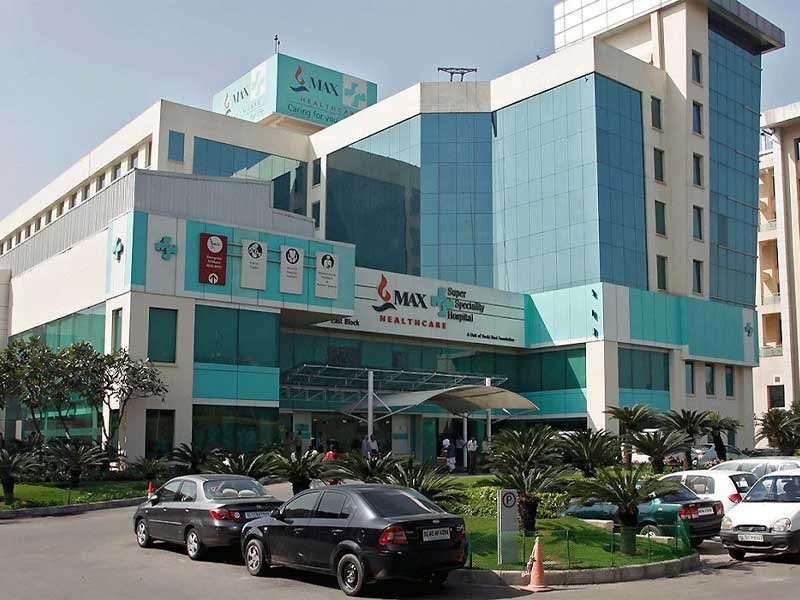
Max Super Speciality Hospital, Saket
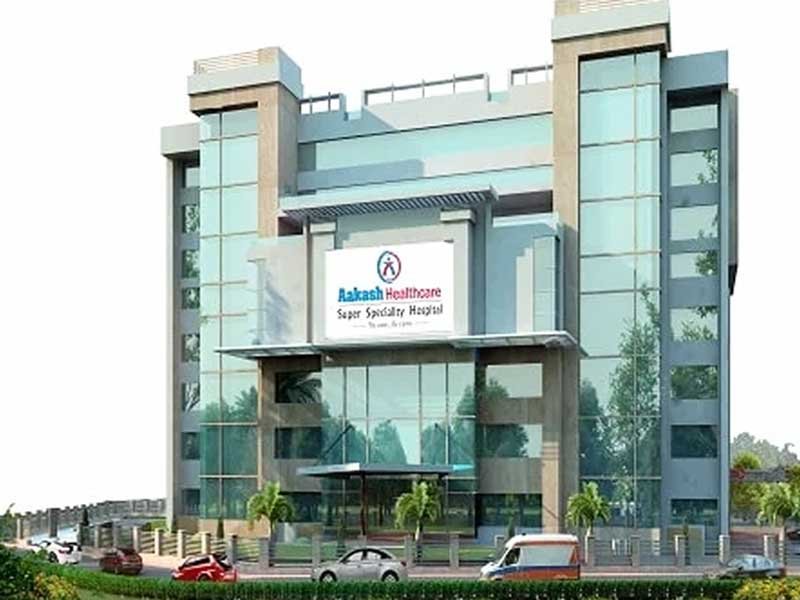
Aakash Healthcare Super Speciality Hospital
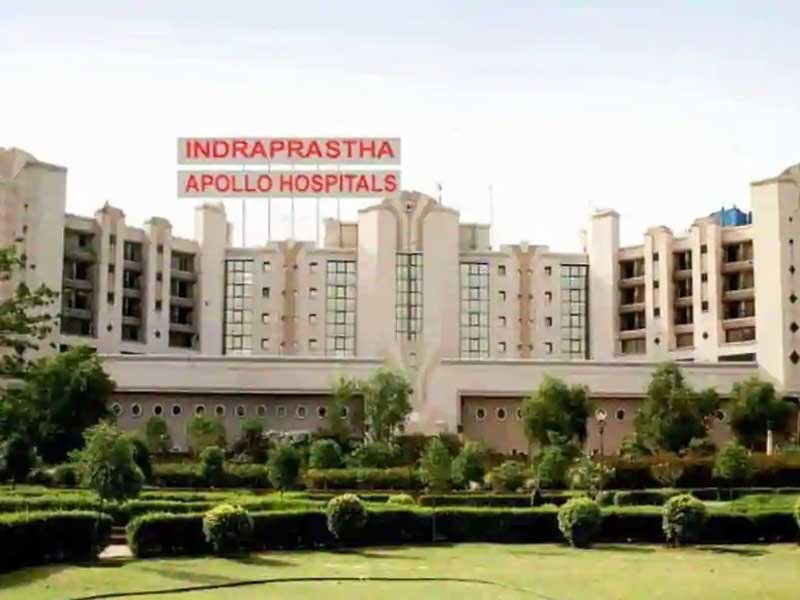
Indraprastha Apollo Hospital
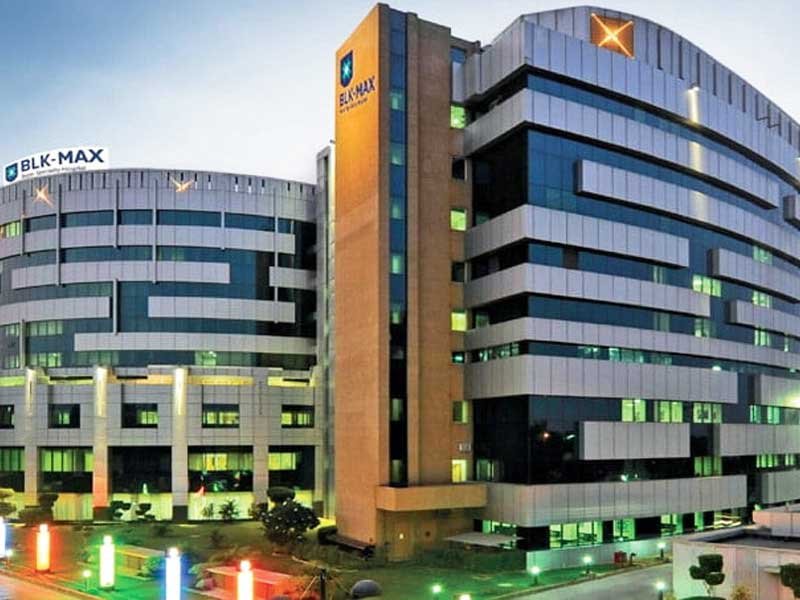
BLK Max Super Speciality Hospital
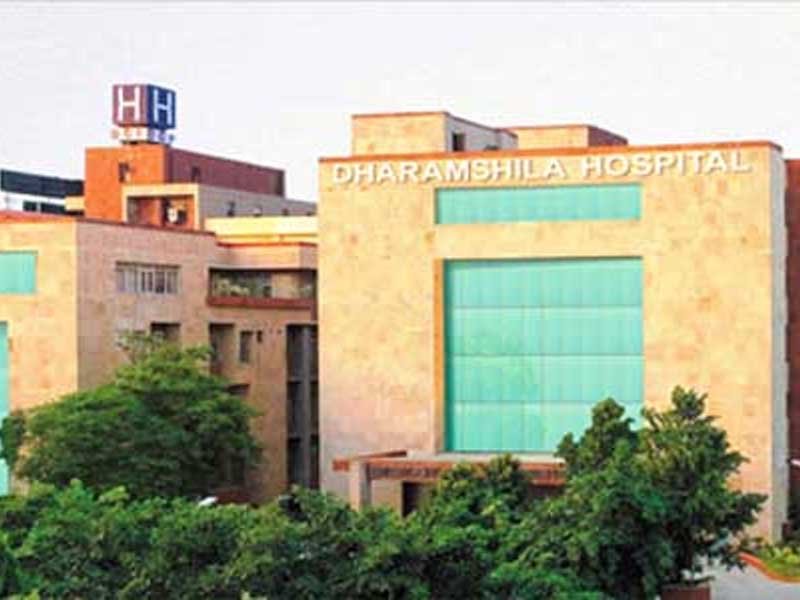
Dharamshila Narayana Superspeciality Hospital
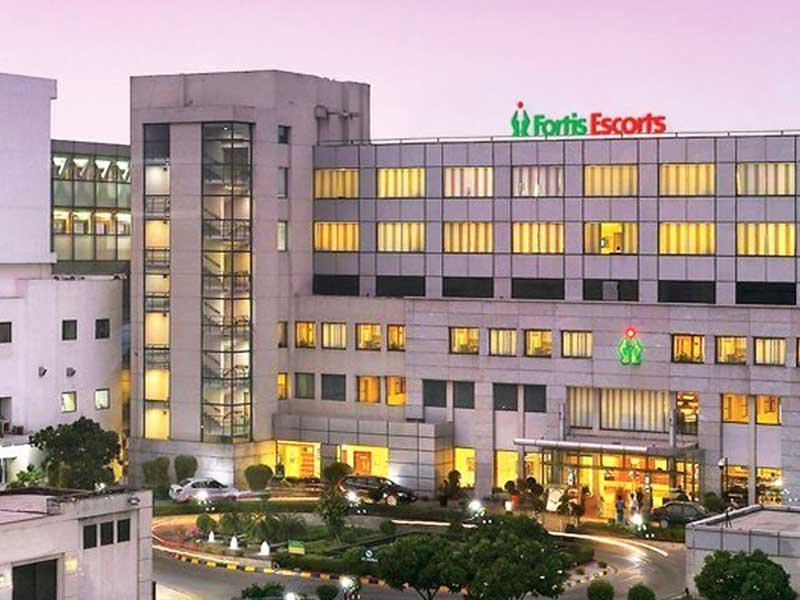
Fortis Escorts Heart Institute
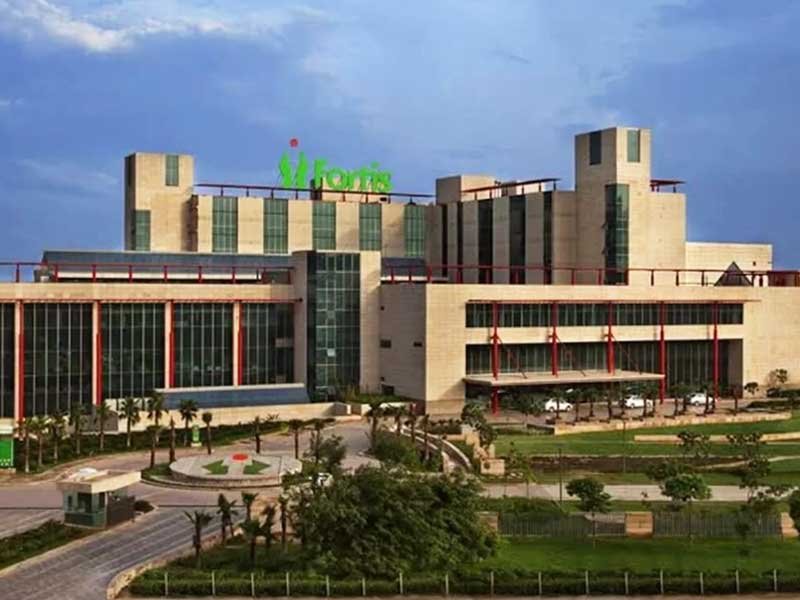
Fortis Memorial Research Institute
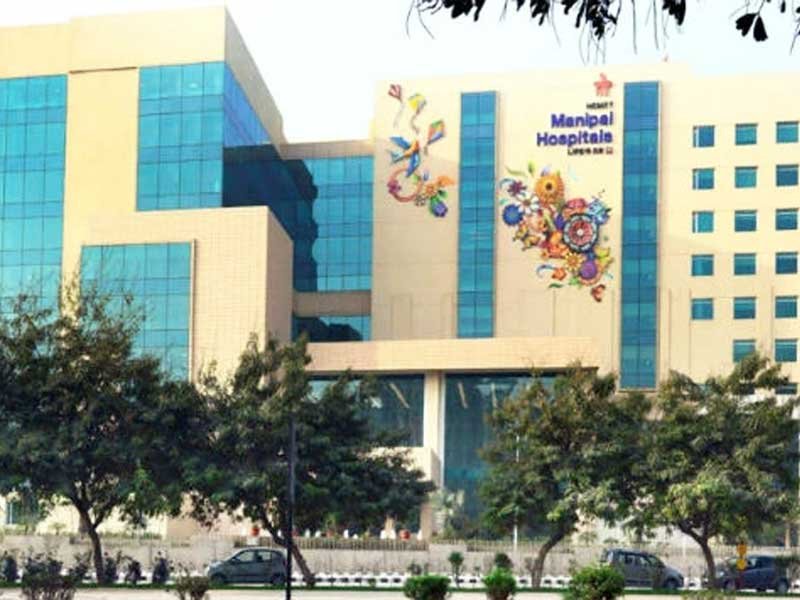
Manipal Hospital Dwarka
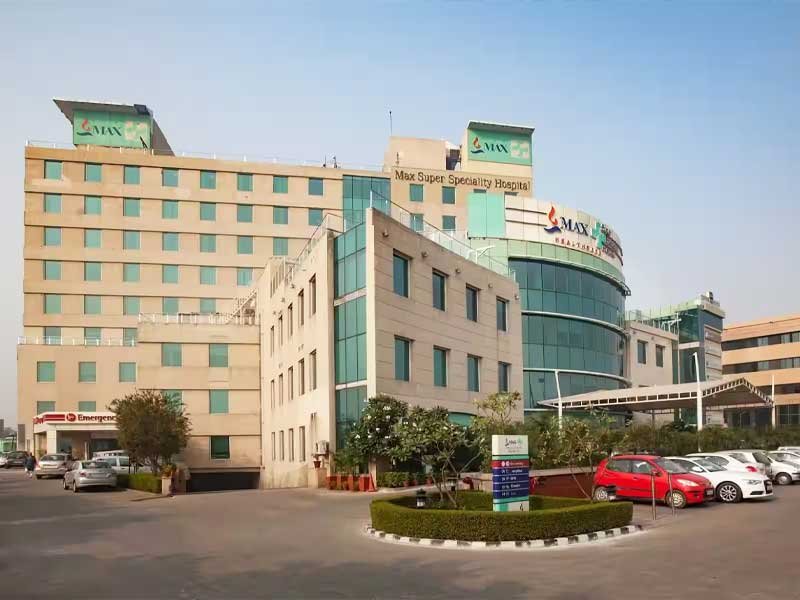
Max Super Speciality Hospital Shalimar Bagh
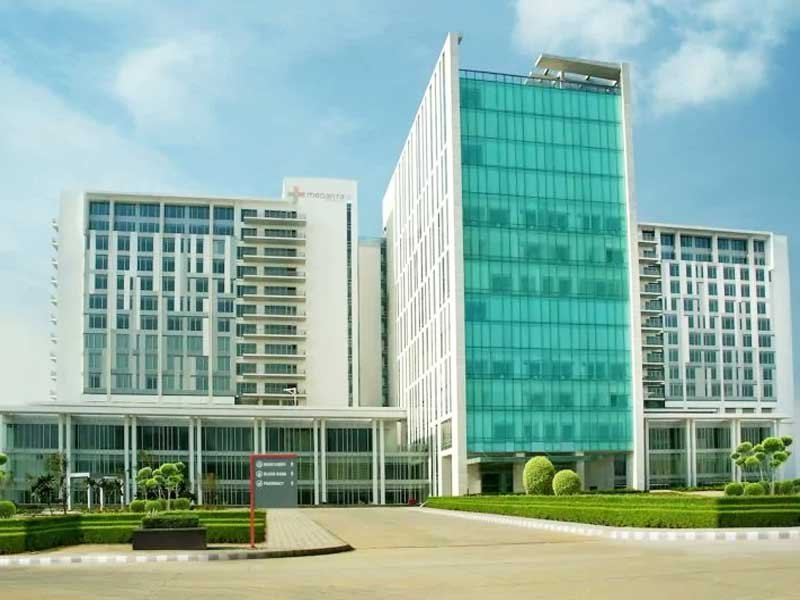
Medanta - The Medicity Hospital

Moolchand Kharaiti Ram Hospital
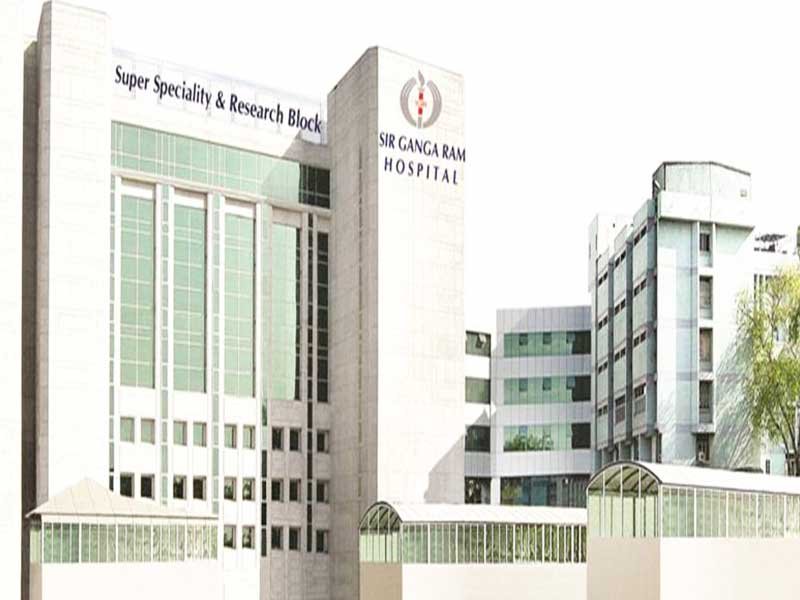
Sir Ganga Ram Hospital
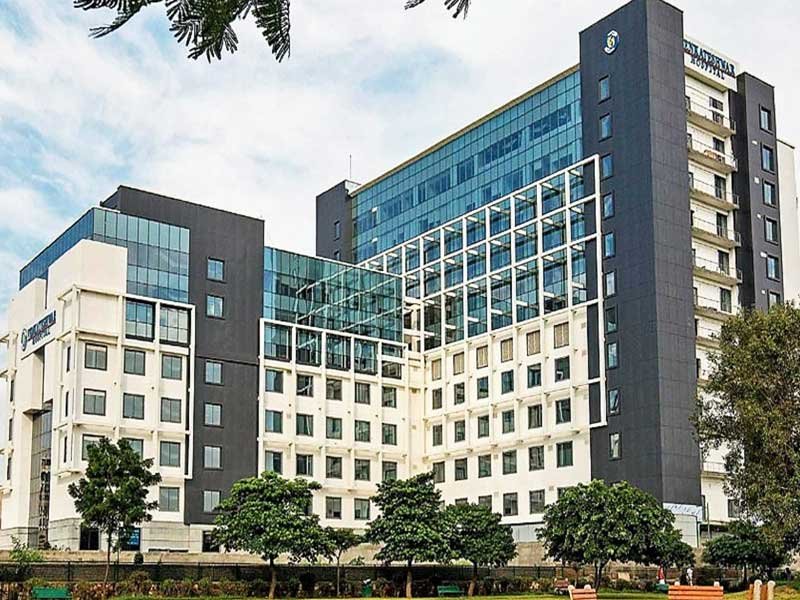
Venkateshwar Hospital
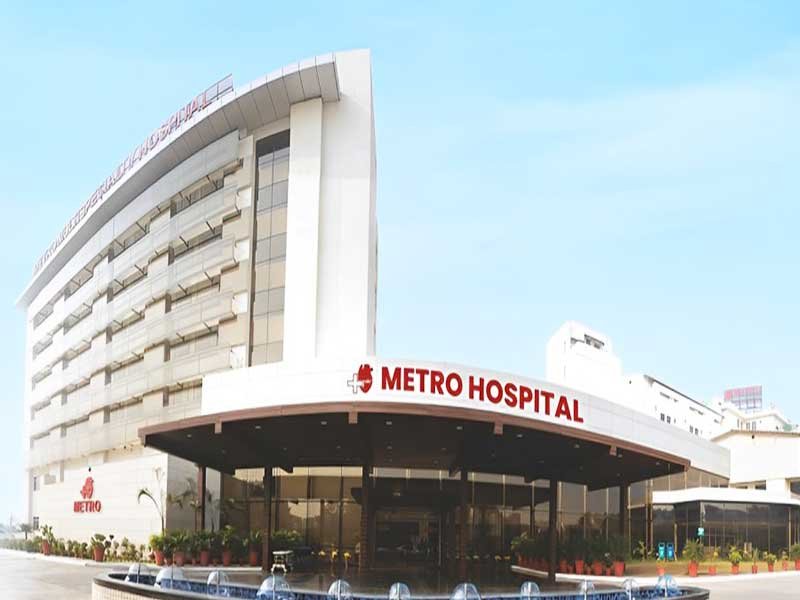
Metro Heart Institute with Multispecialty

PSRI Hospital
Necessary Diagnostic Tests
To check your condition for the Left Ventricular Assist Device (LVAD), you may undergo several tests, which include:
🟢Do’s Before Surgery
✅ You will get a list of instructions from your doctor that you need to follow properly.
✅ You will be asked to stop drinking or smoking because it can worsen your condition and affect your healing process.
✅ Complete all the necessary tests that will help doctors check your condition to prepare for the surgery.
🔴Don’ts Before Surgery
❌ If you experience worsening heart symptoms like shortness of breath, fatigue, or swelling in your legs, then don’t ignore it and see your doctor immediately.
❌ Don’t take any unprescribed medication because it can affect your condition.
❌ You need to avoid strenuous exercises, sports, or activities that can injure your body and affect your condition.
Before Surgery
During Surgery
After Surgery
With the help of advancements and experienced surgeons, the LVAD procedure has now become highly popular among patients with heart failure, which helps them to get stable until they get a donor’s heart. There are some benefits that patients may experience after having an LVAD:
No, LVAD is not a pacemaker, but both are implanted heart devices where a pacemaker regulates the heart rhythm by sending electrical impulses, on the other hand, LVAD acts as a mechanical pump that helps to pump blood from the heart which is primarily used when the heart is severely weakened and unable to pump blood on its own.
Fill in your details and we'll get back to you soonGet Free Treatment Quote

Like any other surgery, LVAD also has some risks which your healthcare provider will talk to you about and also discuss how they can help reduce those risks, including:
Here are some common risks:
Note: When you see your healthcare provider, you can ask about your doubts to make sure you understand the device’s risks and why they recommend this procedure.
Hospital Stay and Recovery
After implantation, you need to stay in the hospital for 10 days, where your healthcare professionals will check your condition and vital signs and provide immediate help. However, full recovery might take approximately 30 days or more.
The success rate of the left ventricular assist device is 97%, yet the percentage depends on how you take care of yourself and whether you’re following instructions or not.
Why Choose Mejocare for Left Ventricular Assist Device (LVAD) in India?
✅ Team of Top Cardiac Surgeons: We connect you with top doctors with over 20 years of experience in minimally invasive heart surgery and other cardiac procedures, which ensures that you are in expert hands receiving high-quality care.
✅ JCI/NABH Accredited Hospitals: We partner with India’s top hospitals accredited by JCI and NABH, which feature advanced facilities and the latest technologies, including robotics, machine learning, and cutting-edge diagnostic and therapeutic equipment. This allows us to provide comprehensive and personalized care.
✅ Other Benefits: We offer quick responses, accurate cost estimates, and assistance with obtaining medical visas, along with accommodation arrangements in India. In addition, we organize appointment scheduling with doctors and provide seamless arrival services, including airport pickup, hotel transfers, and comprehensive support during your hospital stay.
Left Ventricular Assist Device LVAD helps your heart to pump blood when you have heart failure. However, some patients use this device while waiting for the donor’s availability, and it gives them a better life. If you’re an eligible candidate for it, then first you need to discuss it with your healthcare provider, learn about its factors, and then decide whether you’re eligible for it or not.
Disclaimer
The information given in this article is for general purposes, and it does not intend to provide you with accurate information about the cost estimate. If you’re seeking professional opinions on the accurate cost and other factors about the device, then we can help you every step of the way. Connect Mejocare now.
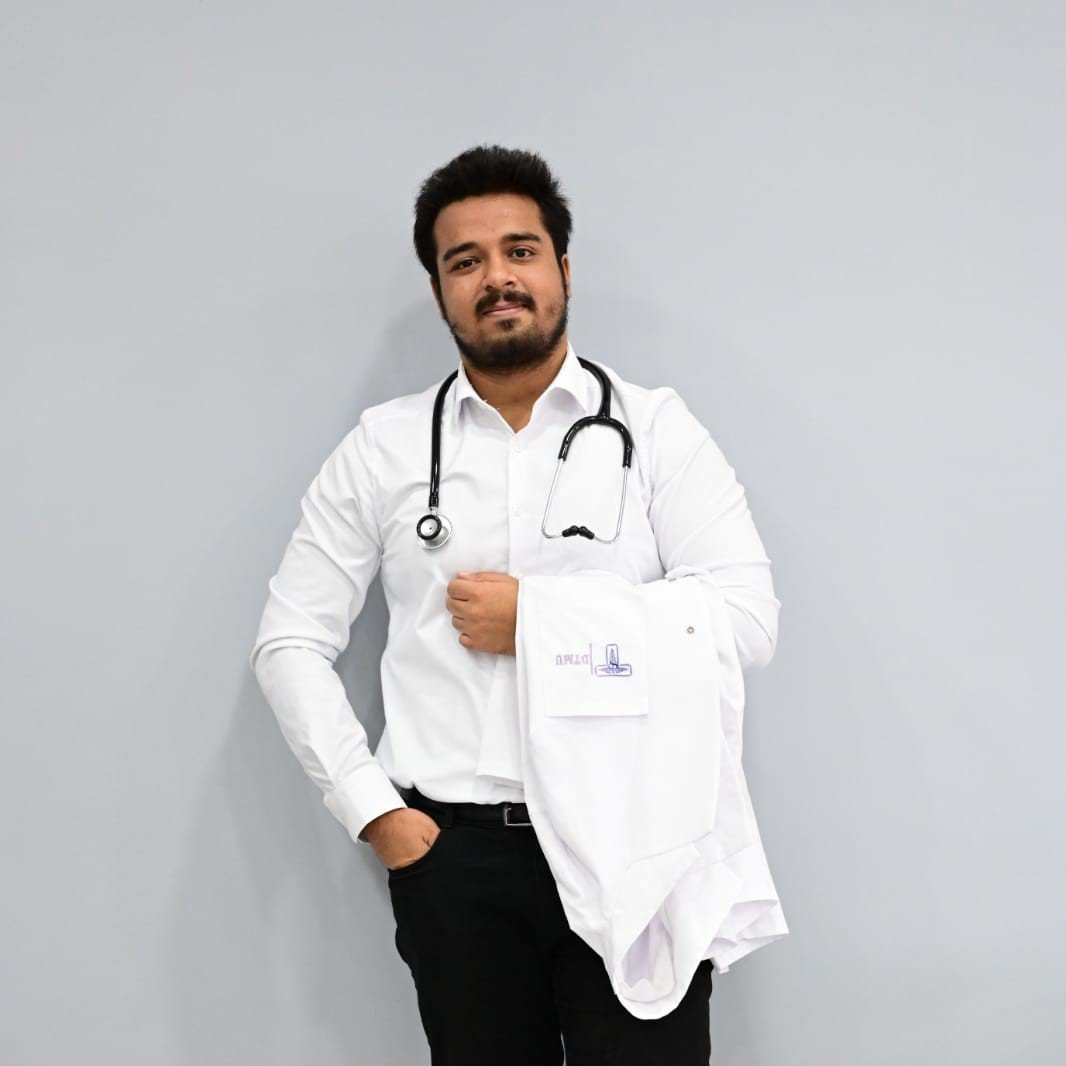
Medically Reviewed By
QualificationsMBBS, DTMU University, Georgia,Radiation Oncology Resident at Burdwan Medical College and HospitalDr. Aryan Malhotra is a skilled and caring doctor. He is a Radiation Oncology Resident at Burdwan Medical College and Hospital. He treats people with cancer and works closely with patients during their treatment.He completed his MBBS from David Tvildiani Medical University in Georgia. He has passed the USMLE... Read More
The cost of the Left Ventricular Assist Device (LVAD) in India is 78000 USD.
The success rate of Left Ventricular Assist Device in India is around 97%.
Following the Left Ventricular Assist Device, most patients typically remain in the hospital for a period ranging from 10 to 12 days.
Recovery after Left Ventricular Assist Device in India typically 3 to 4 weeks before returning to work or normal activities. Your doctor will guide the frequency of LVAD checkups during this period.
A patient is often kept alive with left ventricular assist device until a suitable heart donor is located. With LVAD, a patient may live for five and a half years. Research found that 80–85% of patients live for a year following the implantation of LVAD and that 70–75% survive for two years.
A ventricular assist device's (VAD) potential hazards and consequences include:
Yes, it is necessary to have a companion.
After 2-3 weeks if your doctor doesn't find any issues with your LVAD, you may fly.
Yes, you can do your own research and choose your physical therapist.
Among the medications used to treat neuropathic pain are systemic analgesics like opioids, topical lidocaine, gabapentin, pregabalin, and certain antidepressants.
Yes, insurance companies include.
Two to three weeks after surgery, you might be able to resume work or your regular schedule. The frequency of the ICD checkups will be discussed with you by your doctor. You must take precautions to operate electric appliances safely.
To discover the top doctors or hospitals in India, you can visit our website, mejocare on the doctors' page, you can filter and find the finest doctors, while on the hospital page, you can identify the best hospitals. Additionally, you can reach out to us, and we will gladly offer you all the necessary suggestions and information you need.
The procedure usually takes 4-8 hours.
No, there is no waiting list for Left Ventricular Assist Device in India.
An electrocardiogram (ECG), blood tests, and a chest X-ray are a few possible examinations.
For the duration of the procedure, you remain unconscious (under general anesthetic). Although the success of the procedure is being watched over and the bypass is ensuring blood is getting to the heart, you will be kept under general anesthetic.
After an LVAD eating poorly can raise your risk of experiencing heart problems.
Try to eat these things instead:
Climbing up and down the stairs can be resumed 2-3 weeks after surgery.
Aftercare services provided by the hospital include Monitoring vitals, Reducing chances of complication, Managing dressings and diet, Discharge, and follow-up.
Our care team can help you.
